Science and Technology

Stanford team develops software to predict and prevent drone collisions
How do we prevent collisions when thousands of drones are flying in congested areas? A software-enabled system could play the role of an autonomous air traffic control to manage unmanned flights
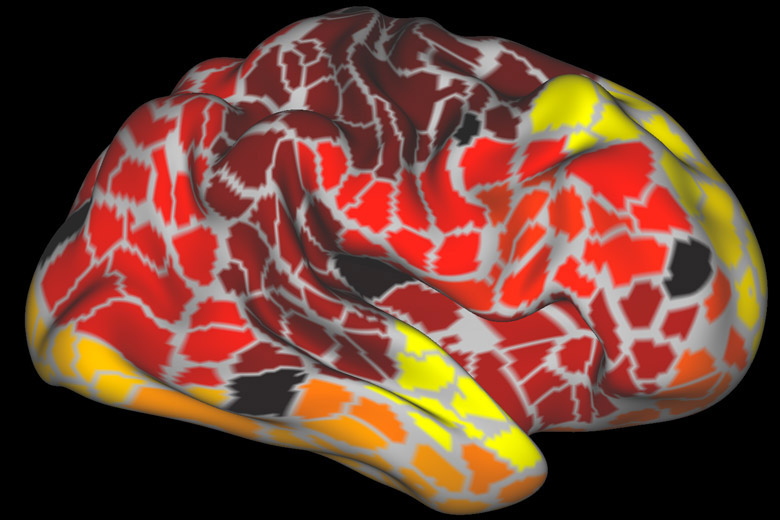
Stanford psychologist's 18-month study of his own brain reveals new relations between brain and body
Russell Poldrack scanned his brain to create the most detailed map of brain connectivity ever.
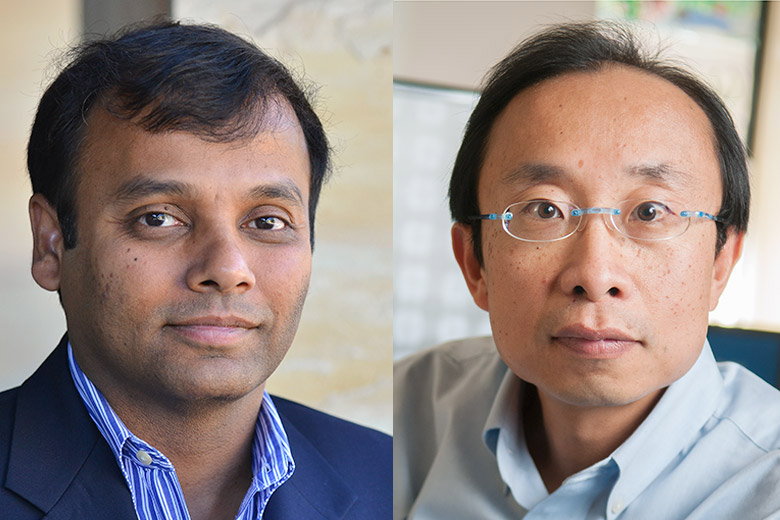
Stanford-led skyscraper-style chip design boosts electronic performance by factor of a thousand
In modern computer systems, processor and memory chips are laid out like single-story structures in a suburb. But suburban layouts waste time and energy. A new skyscraper-like design, based on materials more advanced than silicon, provides the next computing platform.
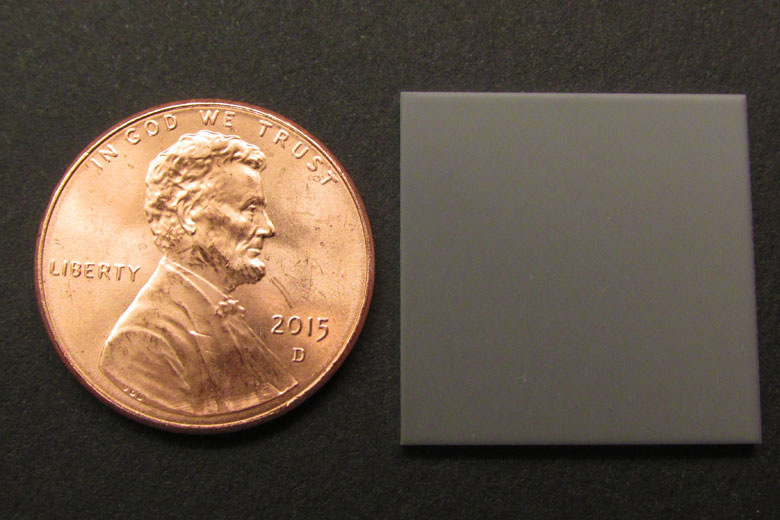
Stanford engineers invent process to accelerate protein evolution
A new tool enables researchers to test millions of mutated proteins in a matter of hours or days, speeding the search for new medicines, industrial enzymes and biosensors.
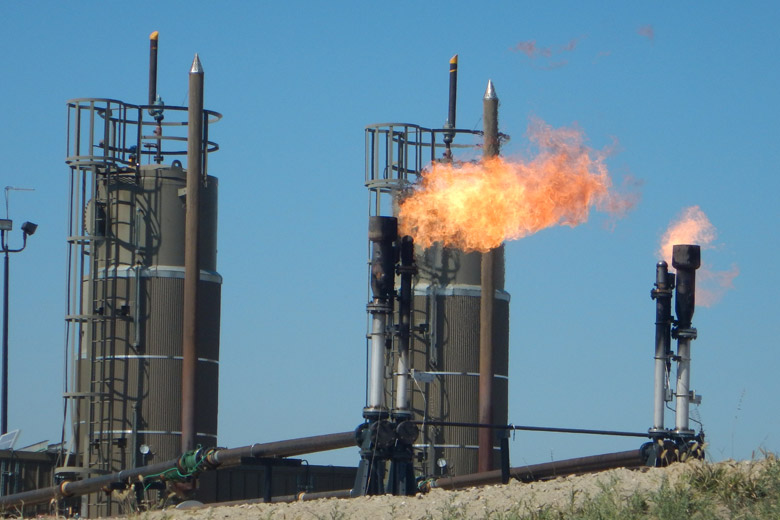
Global fossil-fuel emissions could decline in 2015, Stanford-led study finds
An international research team reports that the rapid increase in global carbon dioxide emissions from fossil fuels has slowed in the past two years.
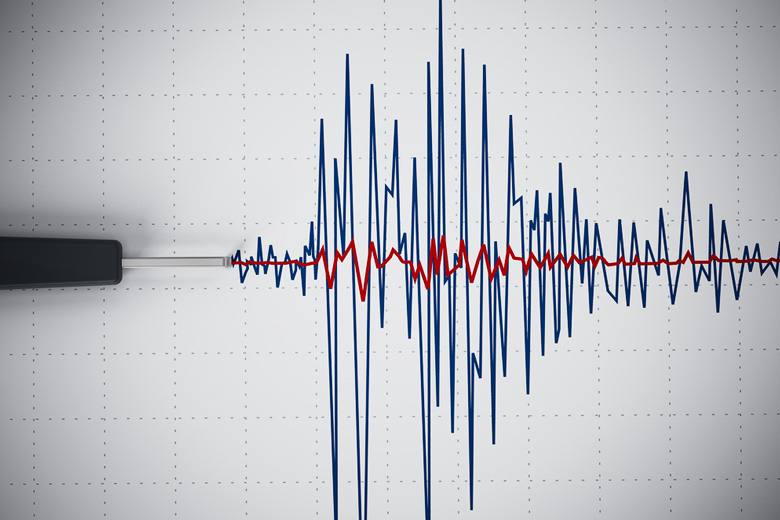
Stanford scientists develop 'Shazam for earthquakes'
A new algorithm designed to find matching seismic signals in large earthquake databases could find previously missed microquakes.
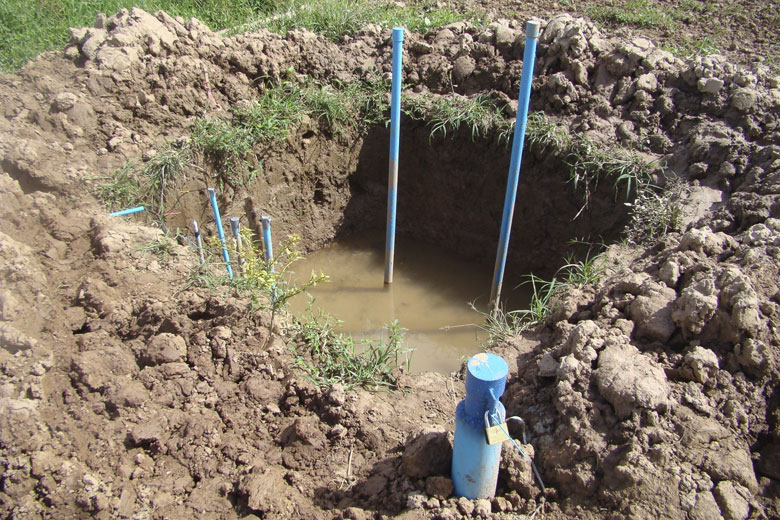
Stanford scientists solve mystery of arsenic release into groundwater
Bacteria living in shallow sediment layers of permanently flooded wetlands in Asia drive arsenic release into water by feeding on freshly deposited plant material, a new study finds.
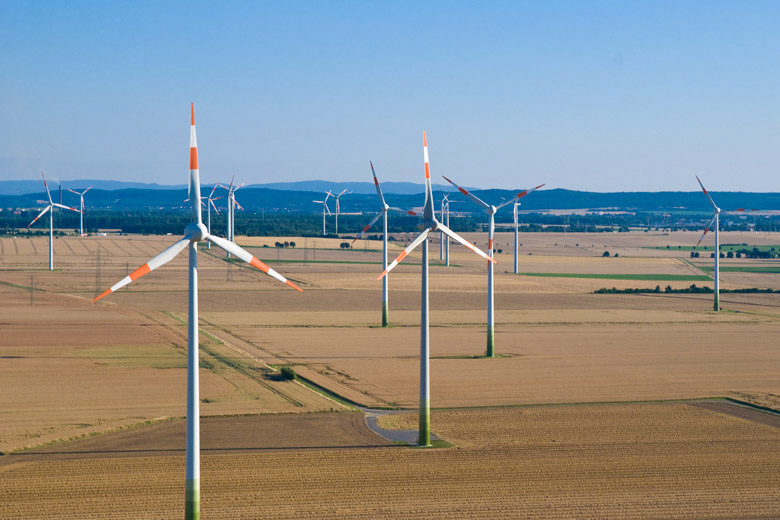
Stanford study finds promise in expanding renewables based on results in three major economies
A new Stanford study found that renewable energy can make a major and increasingly cost-effective contribution to alleviating climate change.
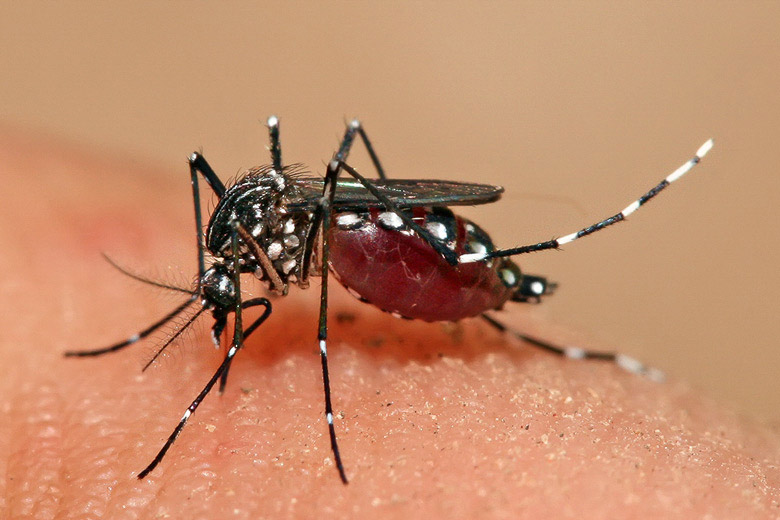
Biologists develop novel antiviral approach to preventing viral infections that cause dengue fever
By targeting fundamental cellular machinery, the antiviral approach developed in Judith Frydman's lab at Stanford could provide a roadmap to preventing infections that affect hundreds of millions of people every year.
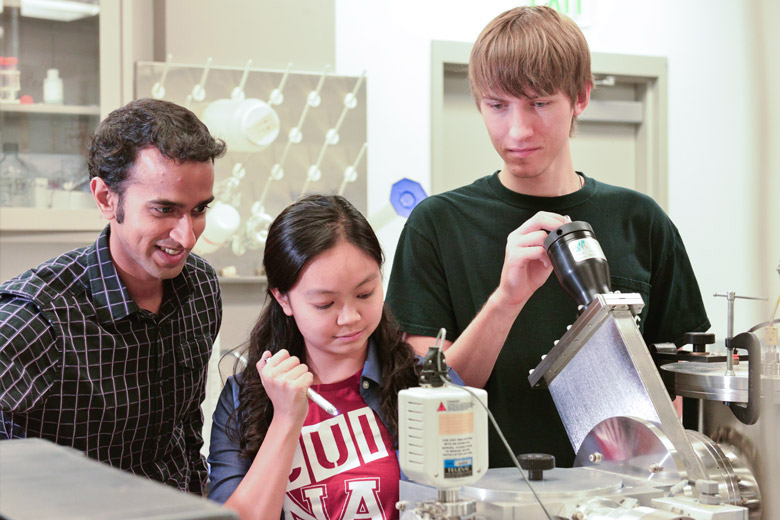
Stanford engineers develop 'invisible wires' that could improve solar cell efficiency
Making the electrical wiring on top of solar cells nearly invisible to incoming light, using silicon nanopillars to hide the wires, could dramatically boost solar-cell efficiency.

Stanford physicists set quantum record by using photons to carry messages from electrons over a distance of 1.2 miles
By using photons to communicate between two electrons through more than a mile of fiber optic cable, physicists have taken an important step toward proving the practicality of quantum networks.
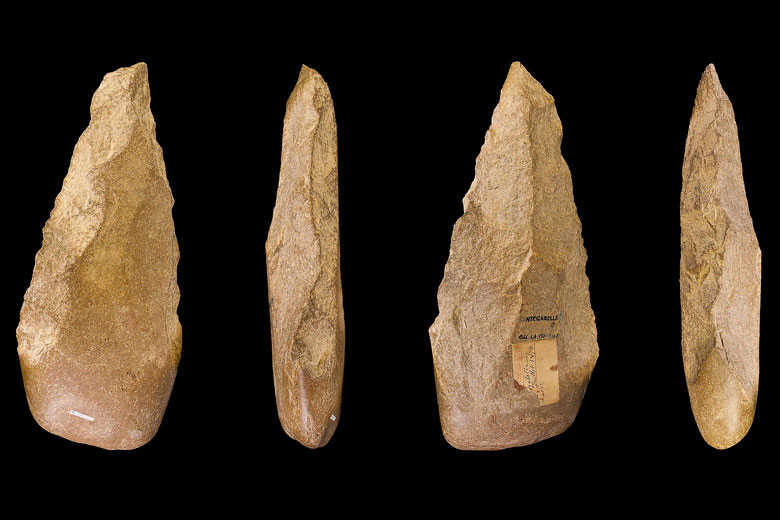
Biologists trace how human innovation impacts tool evolution
Professor Marcus Feldman's lab has devised a computer model that could help solve a long-standing mystery over why the introduction of new tools in prehistoric societies sometimes comes in periodic bursts.
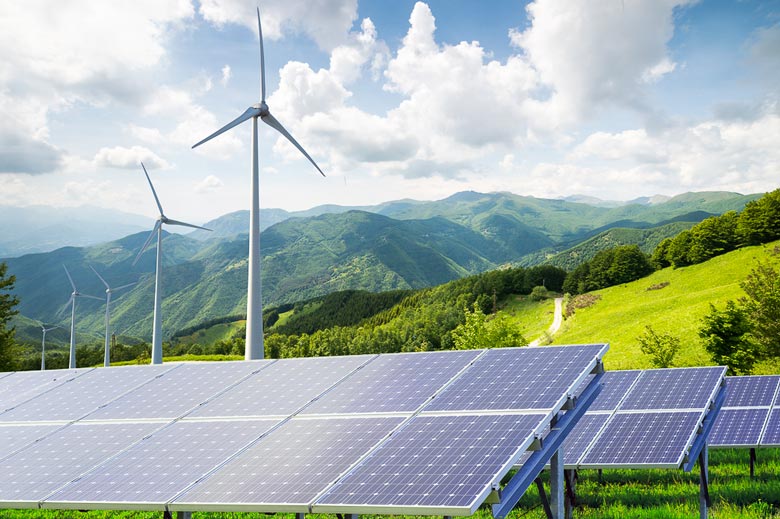
Stanford researcher suggests storing solar energy underground for a cloudy day
Stanford researcher Mark Z. Jacobson's proposal addresses the issue of how to affordably store wind, water and solar power.

Textbooks inaccurately present science on climate change as uncertain and doubtful, Stanford research shows
Stanford research shows that some California science textbooks by major publishers portray climate change as a debate over different opinions rather than as scientific fact.
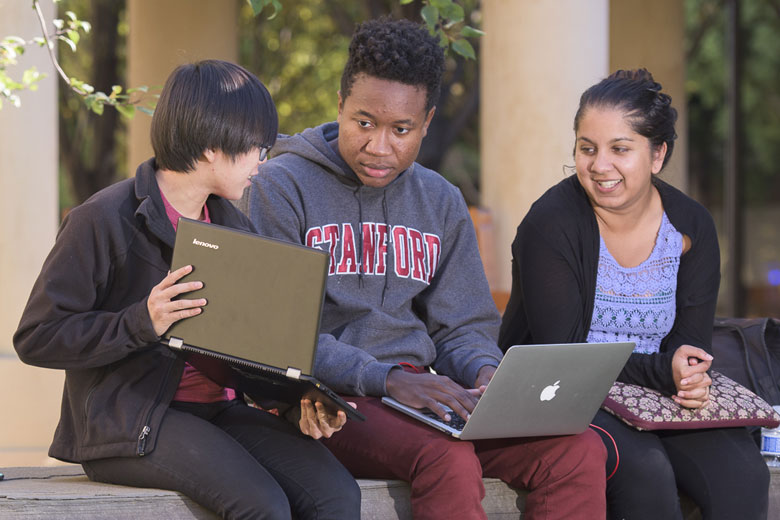
Stanford students put computer science skills to social good
Four undergraduates have co-founded CS+Social Good, an organization that utilizes technology to make a positive social impact.
